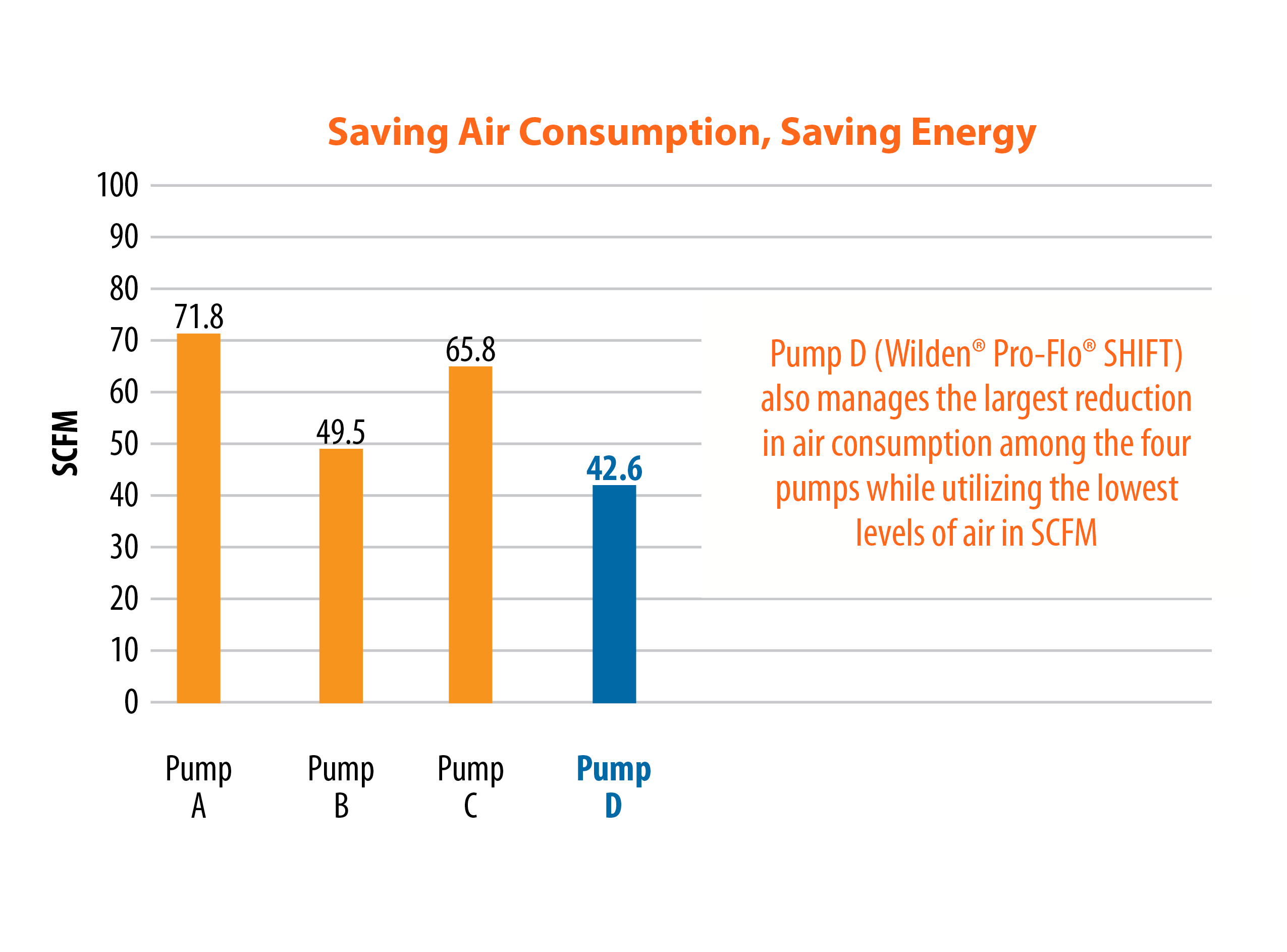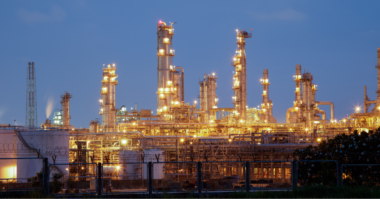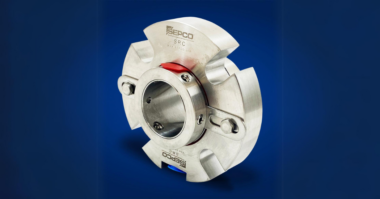Air-operated double-diaphragm (AODD) pumps have played a profound role in the modern global manufacturing and fluid-handling operations of many companies for more than 50 years. The original pump concept has changed little over the decades and works through its sheer simplicity of operation and construction.
With operating efficiency and cost reductions being a major focus of businesses today, AODD pump manufacturers have introduced new technologies in air distribution systems (ADS) to increase pump efficiency and meet these demands. The new ADS technologies utilized range from electronic controls to mechanical innovations. However, the resulting savings in compressed air usage and increase in pump efficiency varies considerably by system.
This white paper will present the results of head-to-head comparisons between the top AODD pumps and the final data acquired during those tests. The results will help illustrate the impact differing ADS technologies have on air consumption, energy use and overall flow rate.
The Challenge
In AODD pump operations, energy use is directly related to the rate of consumption of air used to drive each stroke of the pump during the pumping cycle. With increasingly high energy costs, facility operators understand that the initial purchase and installation of a new pumping system is but a small part of the total cost of ownership and operation during the pump’s life cycle. Routine costs of energy and maintenance remain the primary cost drivers in the total cost of ownership.
Much like cars, pumps can be rated according to efficiency. The goal is to utilize the least amount of air to pump the greatest amount of product. The ultimate objective is to reduce the rate of air consumption in relation to the product flow rate while also minimizing the overall amount of air that is not producing product yield (wasted energy) during the pumping cycle. If attained, this combination will directly impact an operation’s bottom line — the profitability being determined by something as simple as the volume of air being consumed and the energy required to compress it.
In addition to wasted energy, air overfilling stretches the diaphragm unnecessarily. This stretching produces excessive diaphragm wear and tear resulting in more frequent replacement and downtime, while also increasing operating costs.
Although the technology is more than 50 years old, AODD pumps can be made more efficient by recent ADS developments that better control the air flow and prevent wasteful air overfilling, which will reduce air consumption, and operating and maintenance costs.
Two primary methods have been introduced to control air flow and prevent overfilling by cutting off the air supply to the air chamber before the end of the pump cycle: electronically controlled and mechanically actuated ADSs.
Electronic control has two shortcomings. First, the electronics raise an entirely different set of maintenance and operational concerns, including prohibition of use in explosive environments like mines and an inability to be submerged.
Second, this electronic ADS technology requires a “learning period” of 30 to 40 seconds where it monitors the operation of the pump before it can estimate when to cut off the air supply prior to the end of the stroke. This can result in erratic and sometimes wasteful flow rates during this learning period.
During the time period from the end of each stroke to the completed shift of the valve, the air is allowed to “overfill” the air chamber without any corresponding displacement of fluid. This volume of compressed air is entirely wasted.
The mechanically actuated method is a simple yet extremely effective way to control the air with each stroke and prevent wasteful overfilling. The air is mechanically controlled on a constant basis to maximize efficiency, minimize complexity and maintenance considerations, and allow for operation in explosive and submerged pumping environments.
The Controlled Comparisons
To create real-world conditions to measure the effectiveness of various ADS technologies industry-wide, a controlled, objective head-to-head test was arranged comparing the industry’s top AODD pumps that have been fitted with traditional, electronically controlled and mechanically actuated ADSs. Common conditions of service that are seen in the field were replicated in the laboratory. This simulated application required each pump to produce a flow of 320 liters per minute (L/min) (85 gpm) against a head pressure of 2.1 bar (30 psi). To achieve a fair comparison between these competing pumps, each pump was run at the inlet air pressure needed to meet the common condition of service. Air-consumption data was then recorded.
The Solution
The data gathered in the objective AODD testing shows conclusively that Pump D (Wilden® Pro-Flo® SHIFT) beats the competition in all three key points of measurement with the lowest air consumption in SCFM, the lowest strokes per minute and the highest volume of fluid pumped per SCFM. Pump D averages an overall 30% reduction in air consumption compared to Pumps A, B and C. It also manages the largest reduction in air consumption among the four pumps while still managing the best overall volume of fluid moved per stroke, requiring the lowest strokes-per-minute.
The Wilden Pro-Flo SHIFT Air Distribution System in Pump D is not just an incremental improvement in ADS technology, but an entirely new way of looking at how pneumatic pumps operate.
To combat the phenomenon of overfilling, the Pro-Flo SHIFT restricts the air flow into the filling air chamber at the end of the pump’s stroke to minimize the compressed air that is wasted. The revolutionary air control spool of the Pro-Flo SHIFT meters the air to prevent overfilling with no reduction in product yield. The result is reduced air consumption while still maintaining maximum operational efficiency and flow rates. Compared to the electronic ADS solution, which requires an electrical power source and the delayed “learning” period after each startup, the Pro-Flo SHIFT, with no electrical power requirement or delay needed to achieve peak operation, clearly makes choosing the best AODD pump an easy decision.
Conclusion
Although reliably utilized in a host of applications for more than 50 years, AODD pumps can be enhanced to deliver greater efficiency and cost savings through improved ADS technology that prevents air overfilling.
While manufacturers understand that AODD pumps featuring new ADS technologies can deliver the results that support their ever-shrinking budgets and operating margins, Wilden’s Pro-Flo SHIFT exhibits the innovation and results that set it apart from the competition.
The Pro-Flo SHIFT ADS addresses the overfilling waste of traditional AODD pumps, providing considerable savings by decreasing air consumption while still maintaining the same fluid-volume output to provides savings and output efficiencies when compared to other systems.
The Wilden Pro-Flo SHIFT does not require electrical power, allowing it to be submersible and ATEX-compliant. While competing pumps may offer ATEX compliance and increased efficiency ADS options, these come with additional costs that contribute to the front-end expense. In addition to its dramatic reduction in strokes per minute compared to the competition, the Pro-Flo SHIFT also delivers extraordinary maintenance advantages with its minimization of wear and tear during every minute of operation through the optimization of every pump stroke.
View the Video – See the Proof
To view the video documenting the laboratory pump demonstration of the Wilden Pro-Flo SHIFT versus the industry’s top competitors, visit www.profloshift.com/proof.
About the Author:
Carl Glauber is the Diaphragm Pump Product Manager for Wilden® Pump & Engineering Co., LLC, Grand Terrace, CA, USA, a leading manufacturer of air-operated double-diaphragm (AODD) pumps. He can be reached at (718) 213-7602 or carl.glauber@wildenpump.com. For more information, please go to www.wildenpump.com. Wilden is an operating company within Dover Corporation’s Pump Solutions Group (PSG®), Oakbrook Terrace, IL, USA. PSG is comprised of several leading pump companies, including Abaque®, Almatec®, Blackmer®, Ebsray®, Finder, Griswold™, Maag, Mouvex®, Neptune™, Quattroflow™ and Wilden®. You can find more information on PSG at www.psgdover.com.







Comments